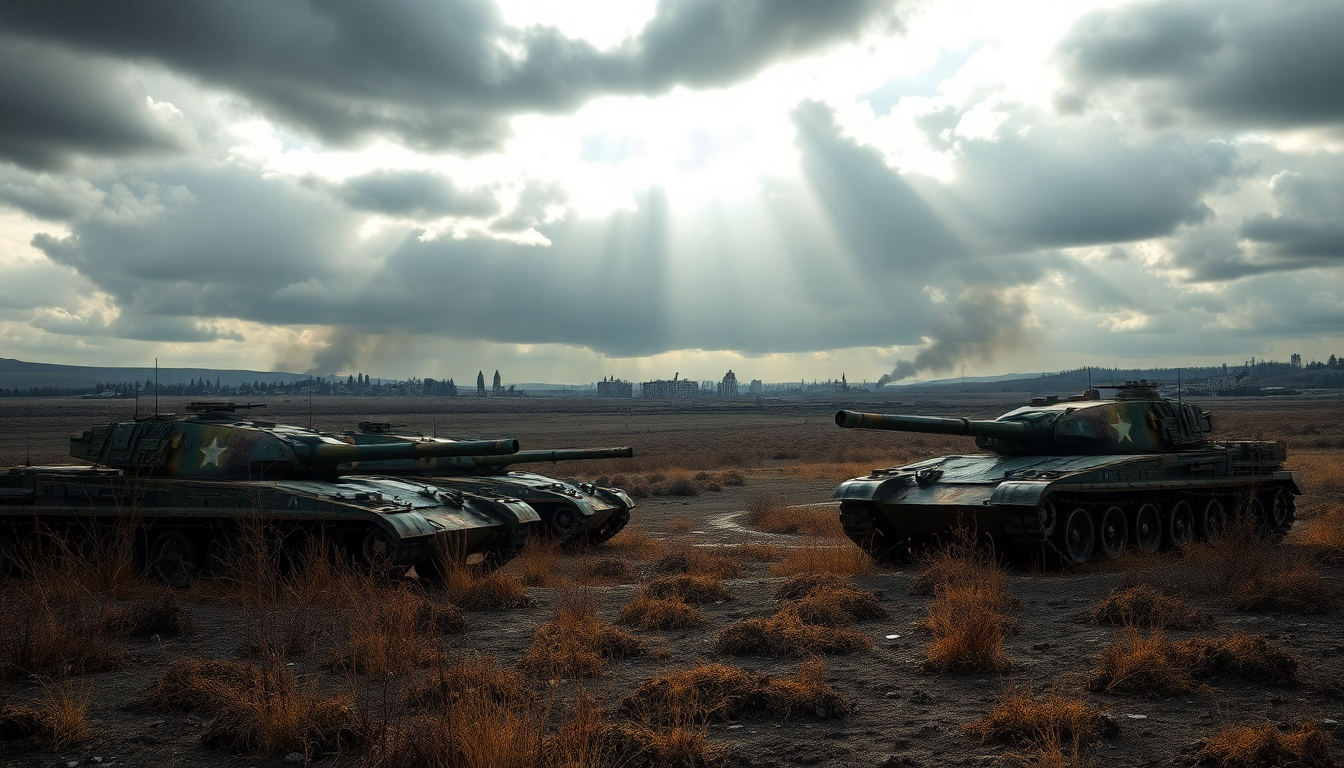Table of Contents
When we look at the current state of international relations, it’s hard to ignore the shadow cast by Russia’s ongoing military aggression toward Ukraine. Recent events show that Moscow is not just holding firm on its objectives but is also ramping up military operations in a way that’s raising eyebrows around the world. In this article, we’ll explore the latest military actions from Russia, how Ukraine and its allies are responding, and what this all means for global diplomacy.
Recent military actions and their implications
The Ukrainian Air Force has reported a jaw-dropping spike in military assaults from Russia, with a staggering 550 drones and missiles launched in just one night. Among these were seven ballistic rockets, marking one of the largest offensives we’ve seen since the conflict began. The primary target? Kyiv. This onslaught led to injuries for at least 20 people and significant damage to residential areas and vital rail infrastructure. Can you imagine the chaos that must have caused?
This bombardment came on the heels of a conversation between U.S. President Donald Trump and Russian President Vladimir Putin. According to Trump, there was no constructive dialogue aimed at peace. Ukrainian Foreign Minister Andrii Sybiha didn’t hold back his disappointment, interpreting the timing of these attacks as Putin’s blatant disregard for any diplomatic efforts. He has called on the international community to impose tougher sanctions on Moscow and to ramp up defensive support for Ukraine. What does it take for the world to unite against such aggression?
During his chat with Trump, Putin reaffirmed his commitment to his military goals, stating that Russia would not back down. He refers to addressing the “root causes” of the conflict, framing Ukraine as a security threat that justified the invasion. This stark contrast in viewpoints highlights the growing divide in diplomatic relations and the uphill battle for any kind of conflict resolution.
The international response and implications for Ukraine
The U.S. decision to halt shipments of promised air defense missiles to Ukraine has raised alarms among Ukrainian officials. They worry that this pause might give Russia the upper hand. The Pentagon’s hesitation stems from concerns about depleting U.S. weapon stockpiles, which illustrates the tightrope that the U.S. is walking—supporting Ukraine while ensuring its own military readiness. How can they strike the right balance?
In response to these developments, Ukraine is actively exploring other options for military assistance, including potentially purchasing American weapons if aid from Washington continues to stall. The urgency here is palpable; Kyiv is facing an escalated military threat and desperately needs robust defensive capabilities. It’s a race against time.
The geopolitical implications stretch far beyond Ukraine, affecting U.S. foreign policy and its relationships with European allies. The decisions made in Washington resonate throughout the region, and with the potential for further escalation, the international community is keeping a close watch. Just how far will this conflict go?
Future outlook and strategic considerations
So, what does the future hold? The trajectory of this conflict is still very much up in the air. With Russia intensifying its aerial campaigns—record numbers of drone attacks, in fact—it’s evident that the Kremlin is prepared to escalate its military strategy to achieve its ends. This reality complicates peace negotiations and poses serious challenges for conflict resolution.
As we move forward, it’s crucial for the international community to maintain unwavering support for Ukraine while navigating the intricate maze of global diplomacy. Strategic decisions will be key as nations ponder their responses to Russia’s aggressive moves, all while trying to uphold regional stability. What will be the tipping point?
Ultimately, as the situation evolves, Ukraine will need to strengthen its defensive capabilities while also seeking diplomatic pathways to cool tensions. The dance between military strategy and international diplomacy will play a vital role in shaping the future of this conflict. And as events unfold, the world will be watching closely. What happens next could change everything.


